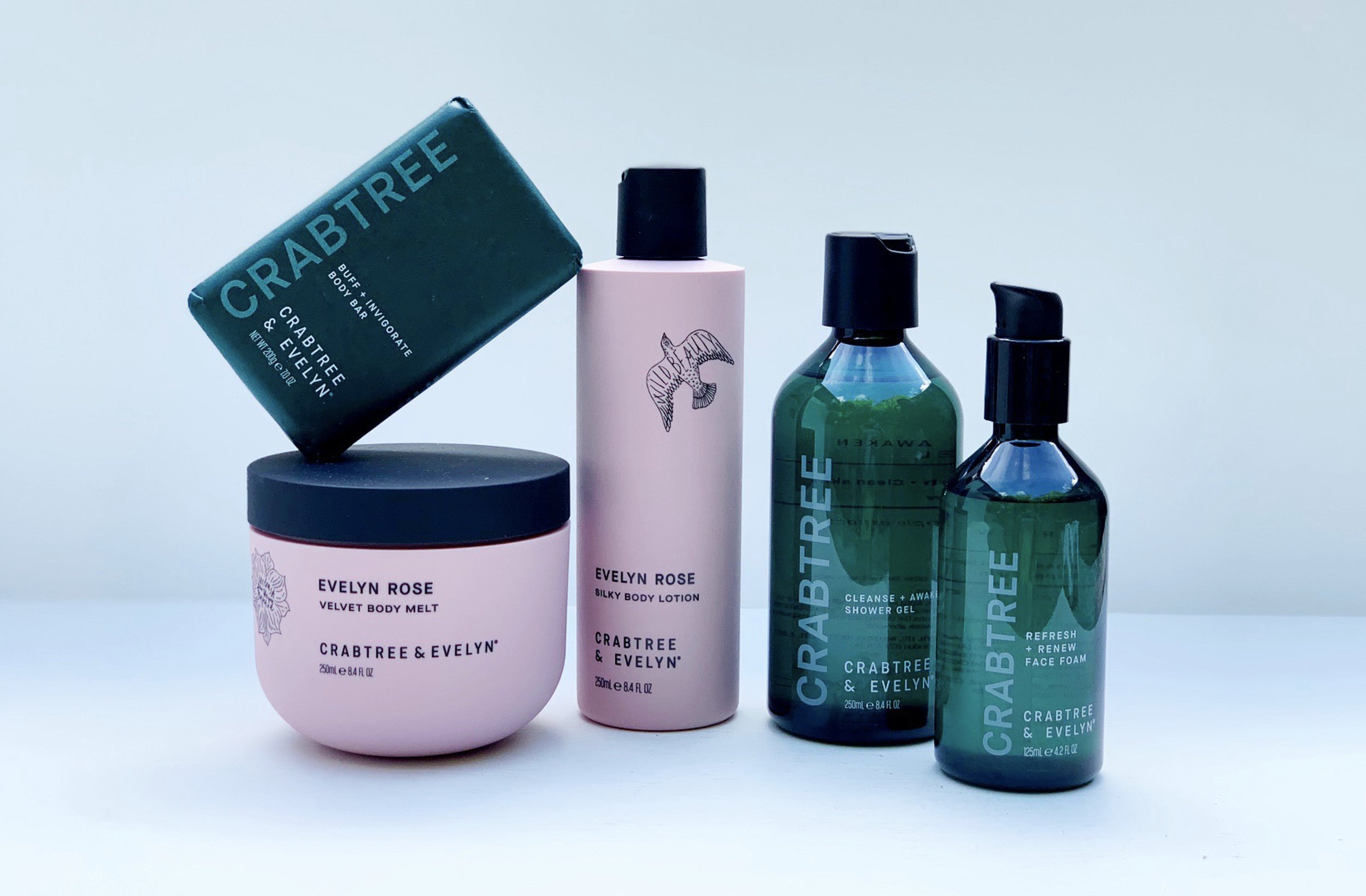Crabtree and Evelyn, a brand synonymous with luxury bath and body products, has experienced a rollercoaster of changes over the past few years. Once a household name, the company has navigated financial challenges, a shift in business strategy, and a rebranding effort to adapt to the evolving retail landscape.
This article explores the rise, fall, and revival of Crabtree & Evelyn, providing insights into what happened to this iconic brand.

The Rise of Crabtree & Evelyn
Founded in 1972 by Cyrus Harvey, Crabtree & Evelyn began as a small family business specializing in fine soaps and fragrances. The brand quickly gained popularity for its unique product offerings, which included beautifully packaged gifts and natural-based items. The name itself pays homage to the English Crabapple tree and John Evelyn, a 17th-century botanist known for his love of plants.
- Unique Product Lines: Crabtree & Evelyn carved a niche with its original fragrances and high-quality ingredients.
- International Expansion: The brand successfully expanded its reach, establishing a strong presence in international markets.
- Strong Brand Identity: With a focus on quality and heritage, Crabtree & Evelyn built a loyal customer base.

Financial Struggles and Restructuring
Despite its initial success, Crabtree & Evelyn faced significant financial difficulties in the late 2000s. The retail environment was changing rapidly, with a notable shift towards online shopping and a decline in traditional brick-and-mortar stores.
- Impact of the 2008 Financial Crisis: The economic downturn affected consumer spending, leading to decreased sales.
- Challenges with Physical Retail: Maintaining physical locations became increasingly difficult as foot traffic declined.
- Restructuring Efforts: The company attempted various cost-cutting measures and strategic adjustments to stabilize its finances.
Bankruptcy and Acquisition
In 2009, Crabtree & Evelyn filed for Chapter 11 bankruptcy protection in the United States. This move aimed to restructure operations and address financial challenges. Following the bankruptcy, the brand was acquired by Nan Hai Corporation, a Hong Kong-based company, in 2012.
- Bankruptcy Details: The filing was a strategic decision to reorganize and emerge stronger.
- Ownership Changes: New management brought fresh perspectives and strategies to the brand.
- Post-Acquisition Strategy: The focus shifted to revamping the brand and its product offerings.
Revamping the Brand
Under new ownership, Crabtree & Evelyn embarked on a significant rebranding journey. The goal was to appeal to a younger demographic while retaining its core values of quality and natural ingredients.
- New Product Lines: The introduction of innovative products aimed at contemporary tastes.
- Redesigned Packaging: A fresh look that resonates with modern consumers.
- Targeted Marketing: Efforts to engage a younger audience through social media and digital campaigns.
Transition to Online-First Retail
Recognizing the importance of e-commerce, Crabtree & Evelyn made a strategic decision to transition to an online-first retail model. This shift allowed the brand to reach a broader audience and adapt to the preferences of modern consumers.
- Closure of Physical Stores: Many brick-and-mortar locations were closed, focusing resources on online sales.
- Enhanced Online Shopping Experience: A user-friendly website and improved digital marketing strategies were implemented.
- Social Media Engagement: Building a strong online presence to connect with customers.
Product Innovation and Sustainability
In its quest to stay relevant, Crabtree & Evelyn has prioritized product innovation and sustainability. The brand has introduced new collections that cater to contemporary tastes and has made efforts to use sustainable and ethically sourced ingredients.
- Launch of New Collections: Exciting skincare and fragrance lines that reflect current trends.
- Commitment to Sustainability: Focus on using natural ingredients and cruelty-free practices.
- Ethical Sourcing: Ensuring that products are made responsibly and sustainably.
Global Presence and Localization
While focusing on its online presence, Crabtree & Evelyn has maintained a global footprint. The brand tailors its offerings to suit local markets, ensuring that its products resonate with consumers worldwide.
- Adaptation for Local Markets: Customizing products to meet regional preferences.
- Strategic Partnerships: Collaborations that enhance brand visibility and reach.
- Connection with International Customers: Engaging with a diverse consumer base through localized marketing efforts.
Challenges and Criticisms
Despite its efforts to reinvent itself, Crabtree & Evelyn has faced challenges and criticisms. Some long-time customers have expressed disappointment with changes to product formulas and the discontinuation of beloved lines.
- Customer Reactions: Mixed feedback regarding product changes and brand evolution.
- Competition: Navigating a crowded market filled with emerging luxury brands.
- Maintaining Heritage: Balancing innovation with the brand’s rich history and legacy.
Customer Loyalty and Community
Crabtree & Evelyn has worked to foster a sense of community among its customers. Through engaging content, interactive social media campaigns, and a focus on customer service, the brand aims to build and maintain loyalty among its consumer base.
- Social Media Engagement: Creating a dialogue with customers through various platforms.
- Customer Service Initiatives: Enhancing the shopping experience with responsive support.
- Building Brand Advocates: Encouraging customer loyalty through community-building efforts.
The Pandemic’s Impact
The COVID-19 pandemic brought unprecedented challenges for many businesses, including Crabtree & Evelyn. The brand had to navigate the complexities of operating during a global health crisis, which affected supply chains, consumer behavior, and overall business operations.
- Operational Adaptations: Adjusting strategies to cope with the pandemic’s impact.
- Supply Chain Issues: Managing disruptions while maintaining product availability.
- Shifts in Consumer Behavior: Responding to changing shopping habits during the pandemic.
Looking to the Future
As Crabtree & Evelyn looks to the future, the brand continues to evolve. With a focus on innovation, sustainability, and customer engagement, the company is working to carve out its place in the modern retail landscape.
- Future Product Development: Plans for exciting new collections and offerings.
- Digital and E-Commerce Strategies: Continued emphasis on enhancing online sales channels.
- Long-Term Growth Vision: Aiming for sustained success in a competitive market.
Summary Table
| Topic | Details |
|---|---|
| Founding | 1972 by Cyrus Harvey |
| Bankruptcy | Filed in 2009, Chapter 11 in the US |
| Acquisition | Acquired by Nan Hai Corporation in 2012 |
| Brand Revamp | New product lines, packaging, and branding |
| Online Transition | Moved to an online-first retail model |
| Sustainability | Focus on sustainable and ethically sourced ingredients |
| Global Presence | Tailored offerings for local markets |
| Challenges | Product changes, competition, maintaining heritage |
| Community Building | Social media engagement, customer service |
| Pandemic Impact | Operational adaptations, supply chain issues |
| Future Outlook | Innovation, sustainability, digital focus |
FAQ Section
What led to Crabtree & Evelyn’s bankruptcy?
Crabtree & Evelyn’s bankruptcy was primarily due to financial struggles exacerbated by the 2008 financial crisis, challenges with maintaining physical retail stores, and the need for restructuring.
How has Crabtree & Evelyn changed since its acquisition?
Since its acquisition by Nan Hai Corporation, Crabtree & Evelyn has revamped its brand with new product lines, an online-first retail approach, and a focus on sustainability and innovation.
Can customers still purchase Crabtree & Evelyn products in stores?
Crabtree & Evelyn has transitioned to an online-first model, closing many of its physical stores. However, some products may still be available in select retail locations or through third-party retailers.






